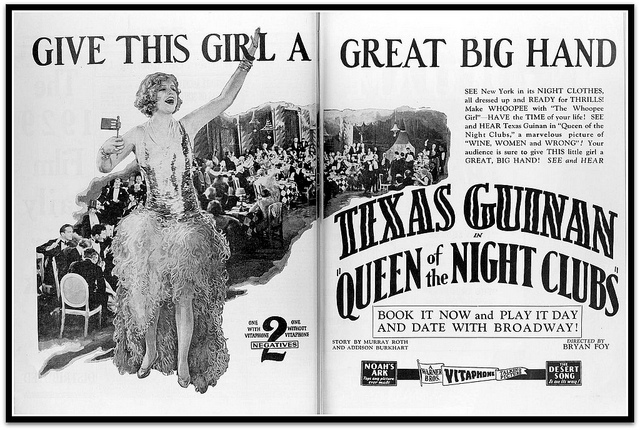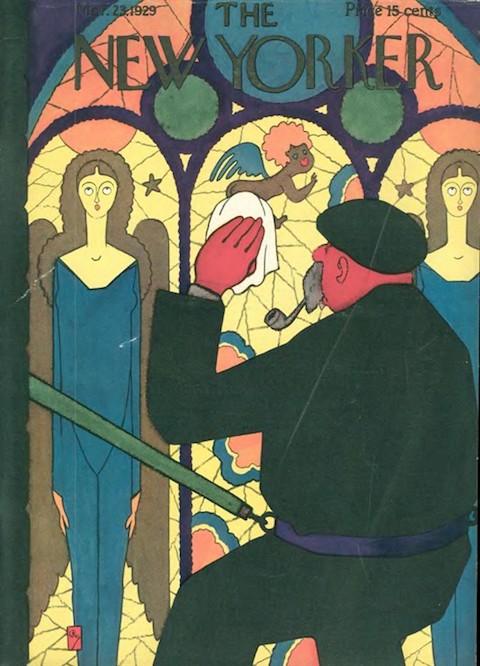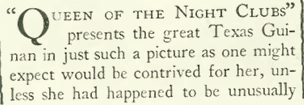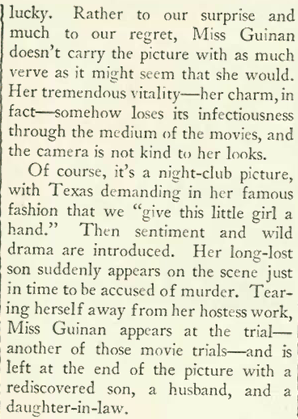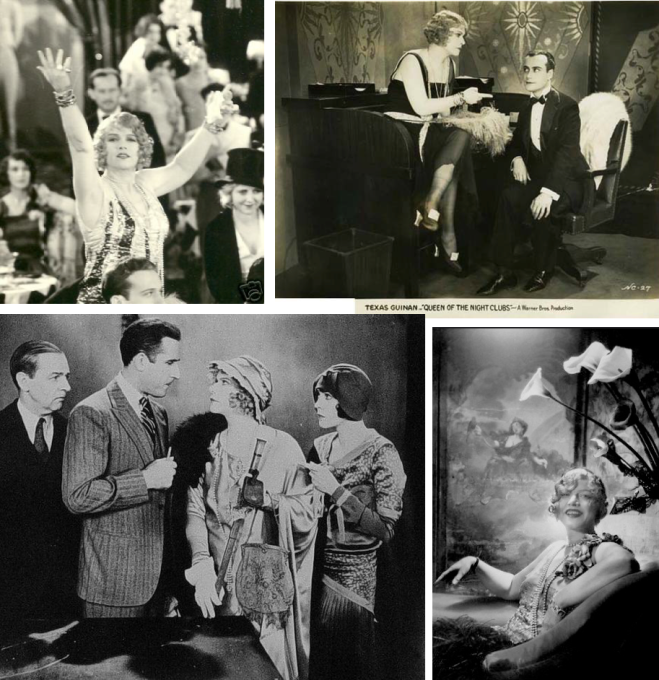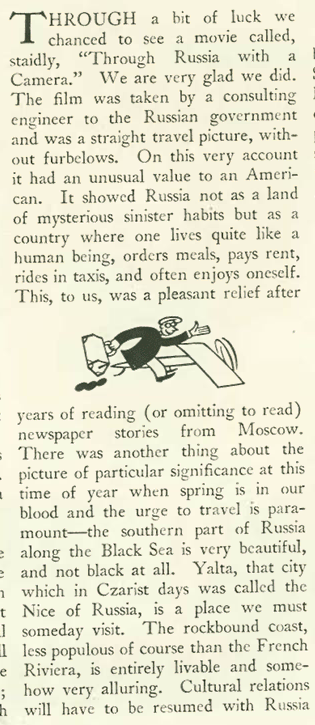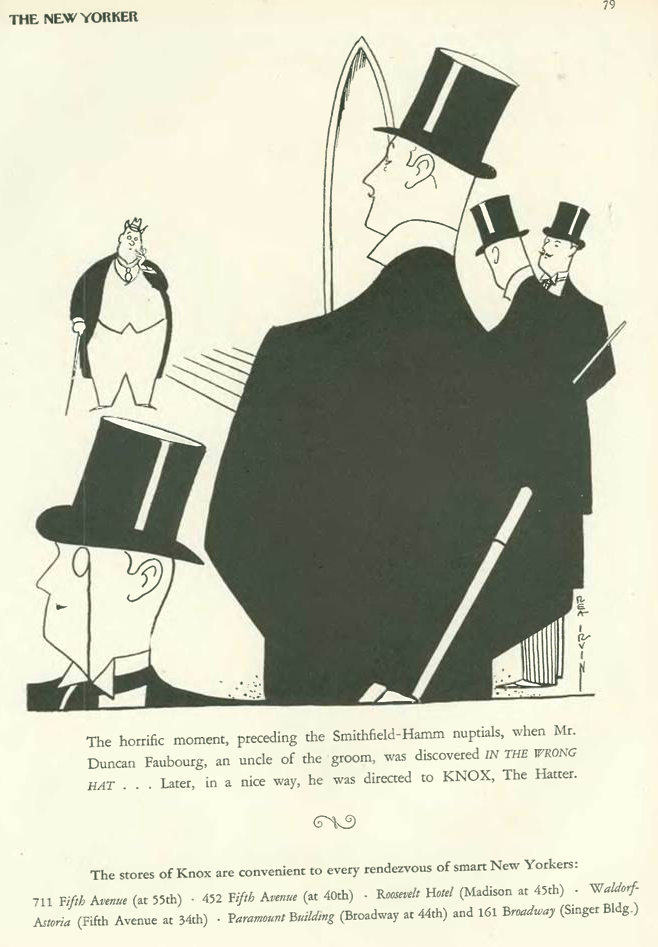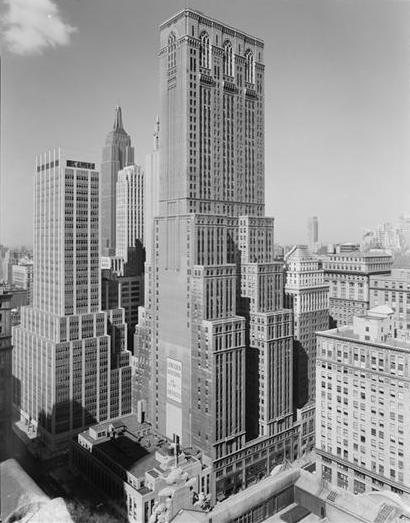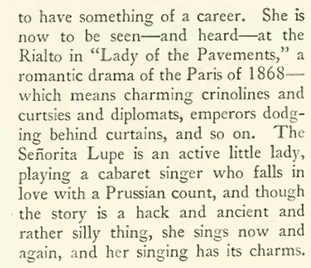I’d spotted Nancy Hoyt’s byline in the New Yorker before, but I had no idea of the joys and sorrows (mostly sorrows) that were attached to it.
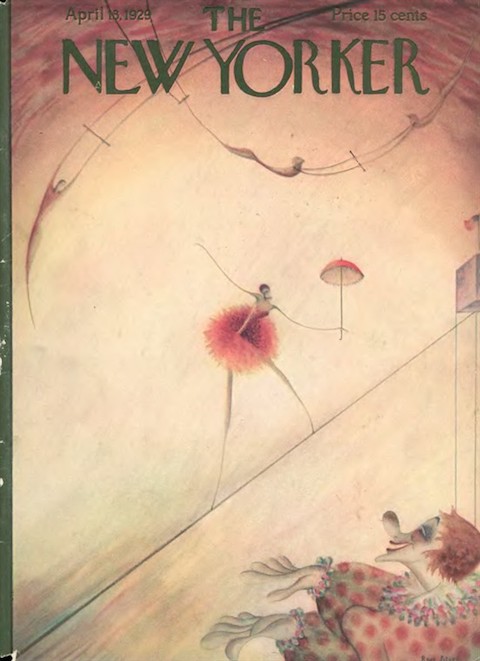
Nancy McMichael Hoyt was the younger sister of poet and writer Elinor Wylie, the latter a beloved figure at the New Yorker. Indeed when Wylie died suddenly on Dec. 16, 1928, the editors paid tribute by reprinting her autobiographical profile, “Portrait,” in the Dec. 29, 1929 issue:
Elinor and Nancy were the daughters of U.S. Solicitor General Henry Martyn Hoyt, Jr. and Anne Morton McMichael. Both came from prominent Pennsylvania families and loomed large in Washington society. The sisters became notorious for their multiple marriages and love affairs, and it was often thought that Nancy lived in imitation of her older sister when she took on a writing career of her own.
Elinor Wylie would contribute at least a dozen poems or short fiction pieces to the New Yorker between 1925 and 1929 (three of them posthumously). Her sister Nancy would contribute three pieces of short fiction (1927-28) and one poem, “These Vanities,” published in the March 12, 1927 issue:

The April 13, 1929 issue featured Hoyt’s sharp satirical piece about a fictional Southern Girl…
No doubt Hoyt drew on her own observations of Washington society and the clash of debutantes from the North and South. She continued her skewering of the Southern girl, likening her to something of a country bumpkin…
…and not very bright at that…
The last paragraph is telling, because in many ways it describes Hoyt’s own life. In her 2003 book, A Private Madness: The Genius of Elinor Wylie, Evelyn Helmick Hively wrote that Hoyt “scandalized Washington by cancelling her wedding after society guests arrived for the ceremony” (apparently Elinor helped her reach the decision). Her various love affairs and marriages provided rich material for reporters who wrote about her flings with the Earl of Donegal and and the heir to the Reynolds Tobacco fortune. The Washington Herald reported her attempt to elope to Canada with a taxi driver she had known for only ten days.
Hively observed that each member of the Hoyt family “seemed fated to flame briefly, to struggle, and too often to die tragically.” Indeed, Elinor and Nancy’s mother Anne once told a reporter that she had given birth to a “generation of vipers,” and predicted she would outlive them all. And she nearly did:
• The eldest child, Elinor Wylie, suffered from extremely high blood pressure that gave her unbearable migraines. She died of a stroke on Dec. 16, 1928, while going over a typescript of her poetry collection, Angels and Earthly Creatures, with her estranged third husband, William Rose Benét. She was 43.
• The eldest son, Henry Martyn Hoyt, became a poet and painter. He killed himself in 1920 at age 33 by inhaling through a tube attached to a gas jet.
• Daughter Constance A. Hoyt married a German diplomat (against her family’s wishes) and became Baroness von Stumm-Halberg. She was either 33 or 34 when she committed suicide in Bavaria in 1923.
• Morton McMichael Hoyt would marry the same woman—Eugenia Bankhead (sister of actress Tallulah Bankhead)—three times. Heavy drinking ended his life in 1949, at age 50.
• Just fifteen days later Nancy Hoyt would succumb to the drink at age 47.
The family patriarch, Henry Martyn Hoyt, Jr., was long gone by then, dying at age 54 in 1910. The family matriarch, Anne Morton McMichael, almost outlived them all (odd, considering that she was in ill health much of her life and often remained confined to her room). She died in her late 80s, in 1949, the same year as her two youngest children.

And as a final, sad note (did you expect anything else?) Nancy’s daughter, Edwina Curtis, would eventually inherit the bulk of the Hoyt estate, which was quickly squandered.
* * *
Silence is Golden
During the silent era, actress Mary Pickford was hands down the queen of the movies. Pickford and her husband, actor Douglas Fairbanks, were also the original Hollywood power couple, founding the Pickford-Fairbanks Studio and later joining forces with Charlie Chaplin and D.W. Griffith to create United Artists. Pickford was also one of the original 36 founders of the Academy of Motion Picture Arts and Sciences (the “Oscar” presenters).

Although she was born in Canada, she was beloved in the States as a symbol of female virtue, affectionately dubbed “America’s Sweetheart.” According to writer Eileen Whitfield (Pickford: the Woman Who Made Hollywood), one silent movie reporter described Pickford as “the best known woman who has ever lived, the woman who was known to more people and loved by more people than any other woman that has been in all history.”
Also known as the “girl with the curls” for her famous ringlets, fans were shocked to find those ringlets replaced by a short bob in Pickford’s first talking film, Coquette, in which she played a reckless socialite. The New Yorker was not shocked; on the contrary, it found Pickford’s depiction of a coquette rather forced, and not altogether believeable:

Not only did the New Yorker find Pickford’s performance less than plausible, but the storyline itself seemed a bit fanciful. As for the “Southern drawl” used in the dialogue, the magazine found it “almost unintelligible to Manhattan ears…”
You be the judge. Here’s a brief clip from the film:
Coquette was a box office success, and Pickford would win an Oscar for her first sound performance. Nevertheless, her best days were in the silent era, and she retired from acting in 1933.

* * *
Today we associate popular songs with a particular performer or group, but in the first half of the 20th century most songs were recorded by many different artists, and such was the case with Ray Henderson’s hit “Button Up Your Overcoat” (from the musical comedy Follow Thru), recordings of which were available under three different labels by three popular artists of the day—Helen Kane, Zelma O’Neal, and Ruth Etting. As the New Yorker suggested, you could “pick your own fashions”…

* * *
From Our Advertisers
Spring had sprung and so did “fashion welts” and rubber-soled Plytex shoes suitable for ship decks or leisurely strolls along Palm Beach…
…while the folks at Texaco referenced the future with dirigibles and airplanes to hawk its higher octane “premium” gasoline…
For our comics, we have this entry by C.W. Anderson, who was born in Wahoo, Nebraska, and went on to author the popular Billy and Blaze books for young readers. I know this thanks to Michael Maslin’s indispensable The New Yorker Cartoonists A-Z.
…and we close with this cartoon by John Reynolds, who contributed a total of 34 drawings to the New Yorker between 1928 and 1930…
Next Time: The So-So Soprano…


















































